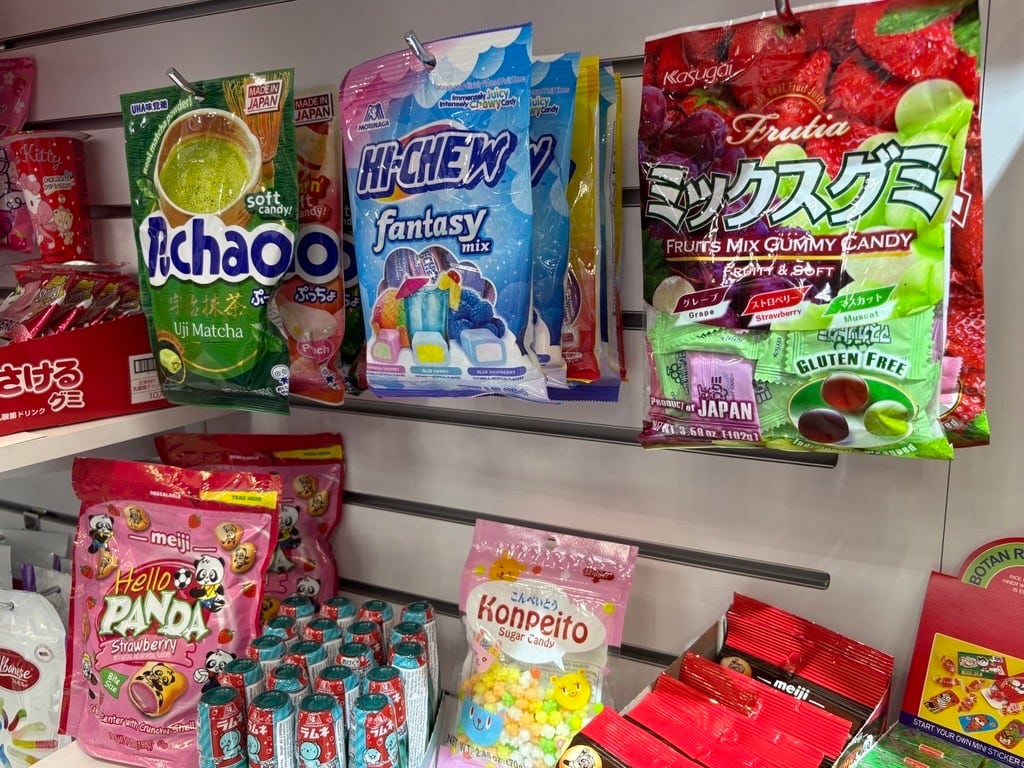Private-label brands are entering a “super cycle” phase, evolving beyond entry-level price options to become a sophisticated tool for value creation for brand strategy and equity, according to Rachel Dalton, head of retail insights North America at data analytics firm Kantar.
Dalton, who spoke at the Private Label Manufacturers Association’s 2025 Private Label Trade Show in Rosemont, Ill., on Nov. 16, noted that the price differential between private and national brands is widening.
Value is the foundation
The price gap offers massive savings on value and mid-tier store brands like Amazon Basics, Walmart Great Value and Target Good & Gather, where consumers can save nearly $3.50 per item. Even in premium private-label brands, shoppers can save around $1 on average per product, based on Numerator and Kantar data.
Food at home prices have risen 30% over the past five years, according to the US Bureau of Labor Statistics, and 17% of consumers in Q3 2025 said they are switching to private-label brands to save money, according to Dalton.
“Half of shoppers are not confident that they can afford everyday essentials,” she said.
While savings was the original motivator for shoppers switching to store brands, many shoppers, particularly those in the Millennial and Gen Z age demographic, are searching for quality and variety, she said.
“You can’t just be the lowest price on the market. You also have to offer a functional benefit or some type of plus-up to that low-value price to attract shoppers, and particularly younger shoppers,” she said.
Kantar’s five pillars of private label
Kantar analyzes private label through five lenses: value and margin driver; loyalty and ecosystem builder; assortment differentiator; innovation test bed; and brand equity builder.
“Going forward, I think we’ll see private brands balancing the value, quality, innovation and experience,” she said.
That includes expanding assortments, leaning into local, focusing on sustainability, championing transparency, creating brands via storytelling, leveraging social and cultural trends, filling the gaps, expanding price tiers, driving wellness and connecting with the community, she said.
Value and margin driver
Value always has been the foundation of the private-label business, and that’s not likely to change anytime soon, according to Dalton.
Products like household goods and paper towels drive traffic to the stores, giving retailers an opportunity to capture consumer dollars on other products.
Aldi and Lidl have built almost their entire business around the value model, and its customer base is loyal.
“They have fandoms, they have people that are so connected, they have merch, and so how do you continue to build that with your private brands across all of retail? That’s a massive opportunity just kind of waiting to happen,” she said.
Loyalty and ecosystem builder
Retailers are leaning in on loyalty to hook shoppers and show they share values.
“It’s really a way for retailers to bring shoppers deeper into their ecosystem,” she said.
Kroger’s Our Brands line, for example, focuses on green packaging and other environmental, social and governance efforts to attract younger shoppers and those who value sustainability and ethical sourcing, she said.
“They’re very specific with their storytelling,” she said.
Assortment differentiator
Private label also offers retailers the chance to differentiate themselves on products that only they produce.
“It can be a reason for shoppers to say, ‘I’m going to go back here because I love this particular product,’” she said. “If you’re the only one that sells it, that’s another big opportunity.”
Innovation test bed
Store brands also allow retailers to experiment with new products and see what works and doesn’t, she said.
“Retailers like to use their brands to test and learn different ideas, especially now that social media and social commerce is really a defining piece of commerce today,” she said.
Retailers in the store brands business should be connecting with loyal shoppers and potential converts on social media to better understand the rapidly changing consumer trends.
“When you follow trends, you’re able to be agile and turn these trends into products,” she said.
Brand equity builder
Brand equity is among the most important of the five pillars because of its ability to build trust across an entire private-label banner, according to Dalton.
This is particularly true for younger shoppers, she said. “If you have that trust as a retailer, then you have the permission from shoppers to enter these other differentiated categories,” she said.




